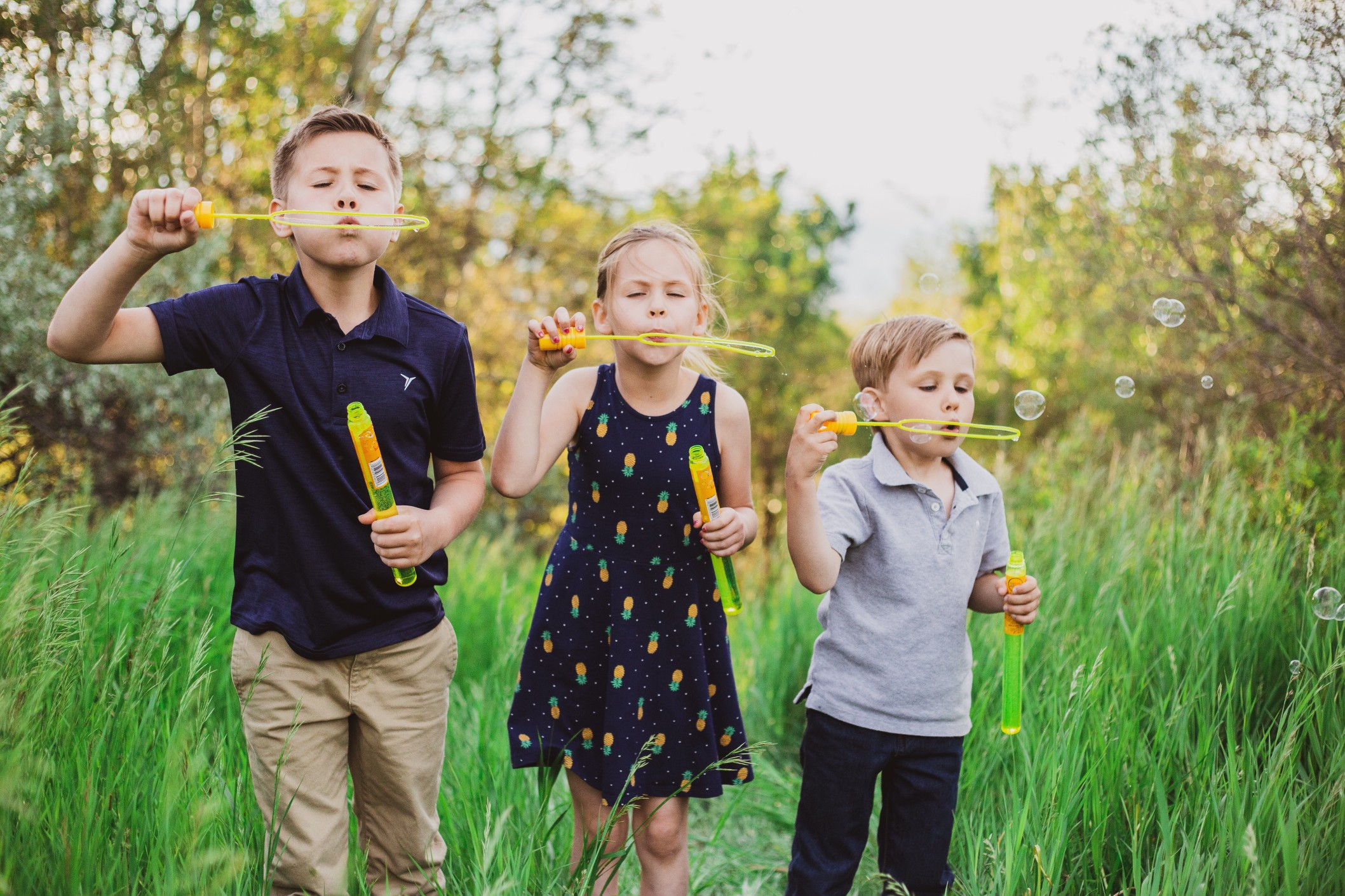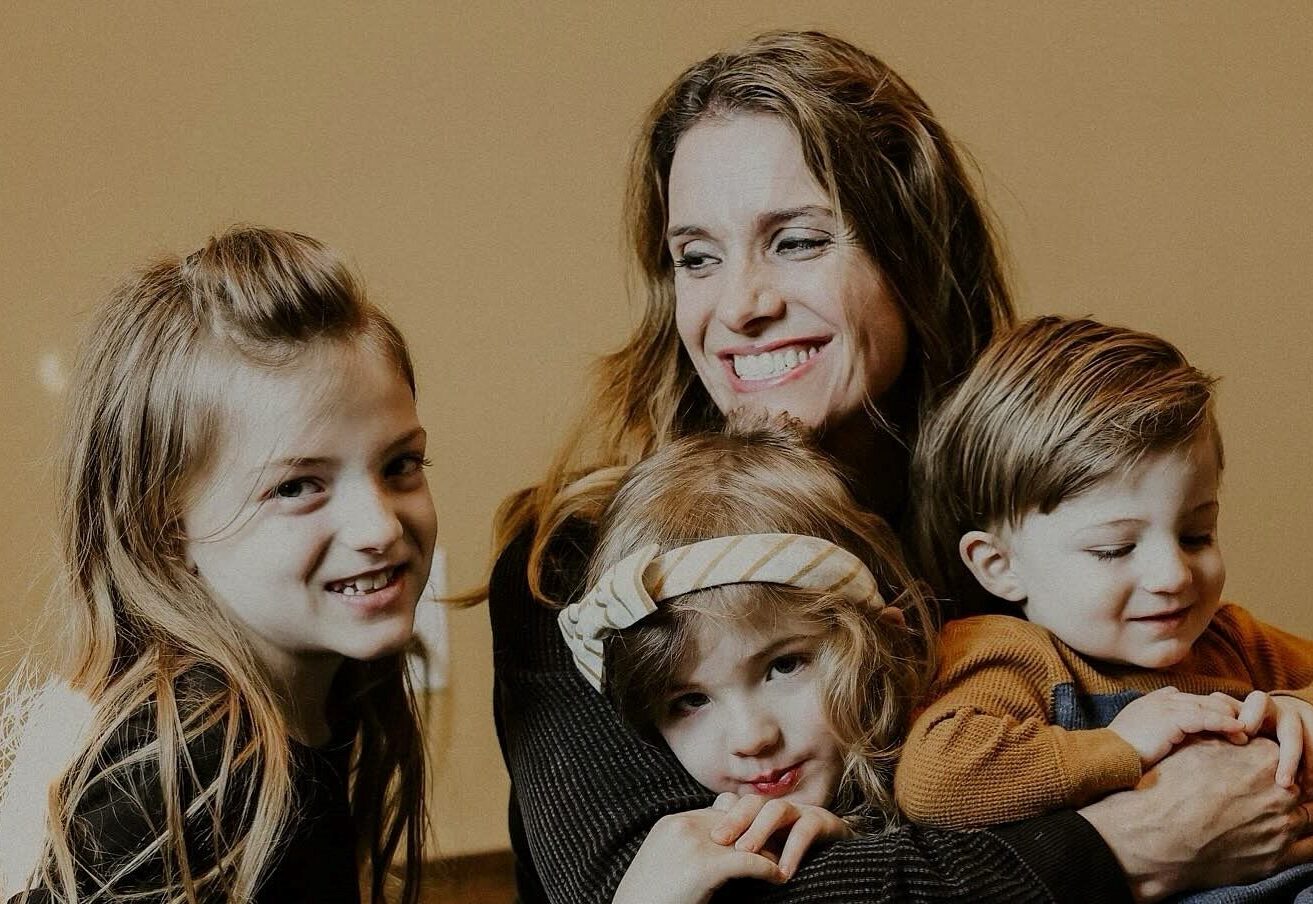I took off my snowy boots at the door as my friend Laura welcomed me into her kitchen. We sat on stools drinking coffee, but I couldn’t help remarking about an odd new lamp on the counter. “Oh, that,” Laura said. “That’s my winter light. Leila and I both get a little sad and mopey in the winter, so I bought this lamp to help.” Purely a functional light, it had no shade, and the brightness almost made me want to look away. “Does it help?” I asked. She nodded. “Oh, yes. Leila has another one in her room too.” I learned that what Laura and her daughter had was seasonal affective disorder (SAD), and they were using lightbox therapy to help.
Even though it’s more common for adults to have seasonal depression, it can happen to kids and teens too. Here’s what to look for and how to treat seasonal affective disorder in children.
Living With Seasonal Depression
“For the last several winters, Leila would kind of hibernate,” Laura explained. “She didn’t want to go out with friends. She took more naps. And despite the extra rest and slower pace to her days, she still seemed so cranky. We fought constantly.” My friend said her own seasonal depression wasn’t as bad as her daughter’s. “I never would’ve thought about it myself if it weren’t for Leila.” But Laura said that even with mild seasonal affective disorder, she benefitted from the extra-bright light in the kitchen.
Laura brought up the issue with her daughter’s pediatrician. “She suggested the lightbox therapy and for Leila to keep a journal about her symptoms and how she’s feeling. The doctor also encouraged us to get outside as much as possible.” I followed Laura’s eyes to the ice skates poking out of the basket in the mudroom. Where we live in the Midwest, winter days are short. And it’s not easy to get outside when temperatures drop to freezing. But I smiled at my friend. “Let me know the next time you go to the ice rink.”
Why It Happens
It’s not perfectly clear why seasonal depression in children or adults happens, but experts including those at Minnesota Children’s Hospital strongly suspect it’s “triggered by the brain’s response to decreased daylight” creating an imbalance of melatonin and serotonin. These hormones help to regulate sleep and mood. Because there are fewer daylight hours in winter, a person might feel sleepier because the brain has produced more melatonin and not enough serotonin. Unfortunately, this can create the perfect storm for depression.
Signs to Look For
Even though it usually happens to adults, seasonal affective disorder in children and teens is real. But depression symptoms aren’t the same for everyone. Sadness can be a sign, says Boston Children’s Hospital, but “[d]epression in adolescents can also present anger, frustration, or general irritability.” Look for changes in sleep: “[C]hildren and teens may sleep more than usual or sleep at unusual hours of the day.” Also, look for feelings of low self-worth. “[C]hildren with depression struggle to concentrate on their schoolwork.” This could affect their grades and eventually their self-esteem.
Even though it usually happens to adults, seasonal affective disorder in children and teens is real. Click To TweetDoes your child become cranky, more teary, or sensitive to criticism in the fall or winter? Has she lost interest in socializing or continuing with activities she usually enjoys? Have you noticed eating or sleeping changes? Has your child talked about harming herself? Or does she complain of physical ailments like tummy aches or headaches? Physical complaints “can be signs of depression in younger children.”
How to Help Your Child
The good news is seasonal affective disorder in children can be treated, and there are a range of therapies. Start off by talking to your child’s pediatrician. “Because symptoms of SAD are triggered by a lack of light exposure, and tend to go away when available light increases, treatment often involves more light exposure during winter months,” according to Minnesota Children’s Hospital. So, getting outside more might be enough to treat mild symptoms.
Other treatments include light therapy, talk therapy, and antidepressant medication. My friend Laura said light therapy helps her daughter. But it takes a while to see improvement. Continue to monitor your child’s exercise, eating, and sleeping habits. There’s a lot you can do to relieve your child’s symptoms at home.
How has seasonal affective disorder in children affected your family?










